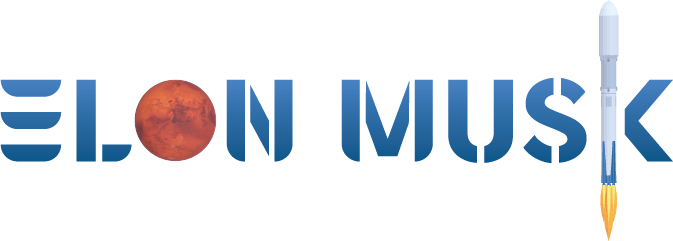
SpaceX Launches the Falcon Heavy—And Elon Musk’s Roadster
- by Wired
- Feb 06, 2018
- 0 Comments
- 0 Likes Flag 0 Of 5

This content can also be viewed on the site it originates from.
While this is just a test flight for the Falcon Heavy, SpaceXâs stated goal is to get the Roadster about 250 million miles away from Earth, its journey tracked by cameras and sensors on the rocketâs upper stage. It planned to chase Mars around the sun, sharing the same orbitâforever approaching the red planet, but never actually reaching it. In the end, the Roadster slightly overshot its trajectory, so it will instead head toward the asteroid belt.1
SpaceX decided to coast the Falcon Heavyâs single-engine second stage in orbit for six hours to demonstrate missions typically flown by the US Air Force, which has already purchased an upcoming launch on the Falcon Heavy. Musk thinks SpaceX could launch another Falcon Heavy soon following the successful demo launch. âThe first-stage engines are all the same, the side boosters are the same as a regular Falcon 9, but with a nose cap on,â Musk said in a press call the day before launch. âIt's really the production rate of the center core.â
As the Falcon Heavy lifted slowly off historic Pad 39A, now leased by SpaceX from NASA, the anxiety of the site being left in ruins from a launch failure began to subside. In the lead up to the launch, Musk said not destroying what he considers the Times Square of pads would be a win for SpaceX. âIt would be a really huge downer if it blows up. But hopefully, if something goes wrong, it goes wrong far into the mission so we at least learn as much as possible along the way,â said Musk at Kennedy Space Center on the eve of the flight. âThis is a test mission. We don't want to set expectations of perfection by any means. If it just clears the pad and doesn't blow it to smithereens.â
The billionaire claimed that an unexpected explosion of the Falcon Heavy at liftoff would be the equivalent of 4 million pounds of TNTâwhich would nearly demolish the pad that also hosted missions of NASAâs celebrated Space Shuttle program. This was part of the reason that getting Falcon Heavy safely off the pad was so critical, and even considered a win at that point into Tuesdayâs launch. Much was at stake.
SpaceX leased the pad from NASA and spent nearly $20 million renovating it to launch Falcon Heavy and missions for the upcoming Commercial Crew Program in which NASA crew will be taxied to the space station. âIt's going to take us at least 9 to 12 months to get the pad back in action,â Musk responded when asked what a fallout from a pad explosion would look like. Musk explained before the Falcon Heavy demo launch that an in-flight failure, rather than an explosion at 39A, wouldnât affect SpaceXâs day-to-day and SpaceX âcould launch another in three to four months.â
While the Falcon Heavy has missions on the books, SpaceXâs crewed lunar mission is no longer one of them. As Musk announced last summer, SpaceX is moving forward with building a massive multi-purpose spacecraft it calls BFR that will essentially make its current fleet redundant, including the Falcon Heavy. Musk says if the company canât get its BFR off the ground soon, they could potentially return to the idea of launching Falcon Heavy toward the moon with crew, which Musk claims it is âabsolutelyâ capable of. But for now, SpaceX is planning for all crewed deep space missions, moon included, to be launched on BFR.
âYou can toss a Dragon way past the moon. Actually further than they went during Apollo. That was our plan until last year,â Musk explained yesterday. âAnd then we thought well, maybe we can make BFR development go faster than we thought, if that's true then there won't be much point in qualifying Falcon Heavy for launching Dragons. So we kind of tabled the Crew Dragon on Falcon Heavy and focusing our energies on BFR.â
But for today, at least, SpaceXâs cheering employees in Florida will keep their energy focused on Falcon Heavy.
1Update 2/7/18: This story has been updated with new details about the fate of the Falcon Heavy's central core and its Roadster payload.
Upward Trajectories
Elon Musk's long-term plan for SpaceX is to get humans off of Earth and on to Marsâbut what does the company's recent progress say about that goal?
You might not know that the company also wants to launch thousands of small satellites for faster internet. But that may not be all SpaceX wants to use them for.
Please first to comment
Related Post
Stay Connected
Tweets by elonmuskTo get the latest tweets please make sure you are logged in on X on this browser.






 Energy
Energy


















